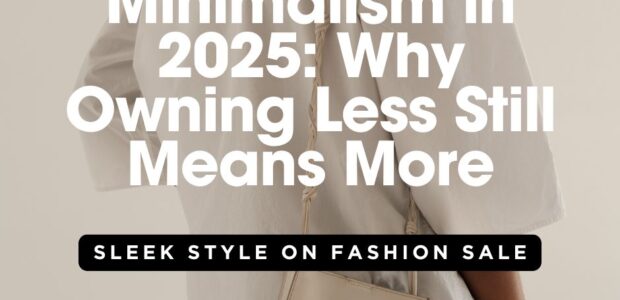Minimalism in 2025: Why Owning Less Still Means More
In 2025, minimalism has moved beyond buzzwords and Pinterest boards—it’s become a core response to the excesses of modern life. Faced with digital overload, climate anxiety, rising living costs, and constant pressure to consume, more people are discovering that happiness doesn’t come from owning more—it comes from needing less.
This blog takes a deep dive into how minimalism has evolved by 2025. It’s no longer about having bare white walls or getting rid of things for the sake of trendiness. Instead, minimalism today is about intentional living: choosing only what adds value, letting go of mental and physical clutter, and building a life that prioritises well-being, purpose, and sustainability.
We explore the key reasons why this lifestyle is gaining momentum:
-
Environmental consciousness – With climate change worsening, consumers are shifting to eco-friendly habits. Owning less means buying less, wasting less, and reducing your carbon footprint.
-
Mental clarity – Studies show that a simplified environment reduces stress, boosts focus, and enhances overall mental health.
-
Financial freedom – In an age of inflation and job instability, people are prioritising savings, investing in essentials, and avoiding debt-inducing consumption.
-
Digital declutter – Beyond physical spaces, minimalism has entered the digital realm. People are unplugging from overwhelming feeds, deleting apps, and streamlining tech use to reclaim time and attention.
The blog also covers emerging trends like capsule wardrobes, smart minimalist homes, multi-functional furniture, and virtual ownership models. Through real-world examples and expert commentary, it illustrates how minimalism is not about sacrifice—it’s about freedom, space, and control.
In a world that’s constantly demanding more from us, Minimalism in 2025 shows how owning less can help us live more fully—with fewer distractions, deeper relationships, and a stronger connection to ourselves and the planet.


